Shipping Container Storage: Tips to Maximise Storage
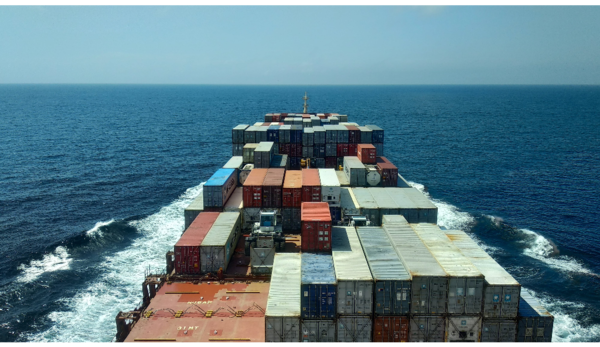
International cargo shipments, especially in the maritime sector, are mainly based on container transport. These containers are manufactured in standard sizes and can be efficiently transported over long distances and transferred from a vehicle without needing to be opened. Standardised containers have transformed the shipping and transportation industry, allowing for easy transportation of goods by rail, road and ship, as containers can be easily adapted to different modes of transport. If you are new to logistics, you may find it difficult to ship items in containers. There are many things to consider, such as container size, type, shipping method, and pallet selection. Even the most experienced shippers often encounter problems handling shipping containers from time to time.
Since the goal is to maximise the available space in a shipping container for the best possible return on investment, we have accumulated a number of tips for storage in the most efficient, productive and cost-effective ways in this article.
Container Storage Tips & Tricks
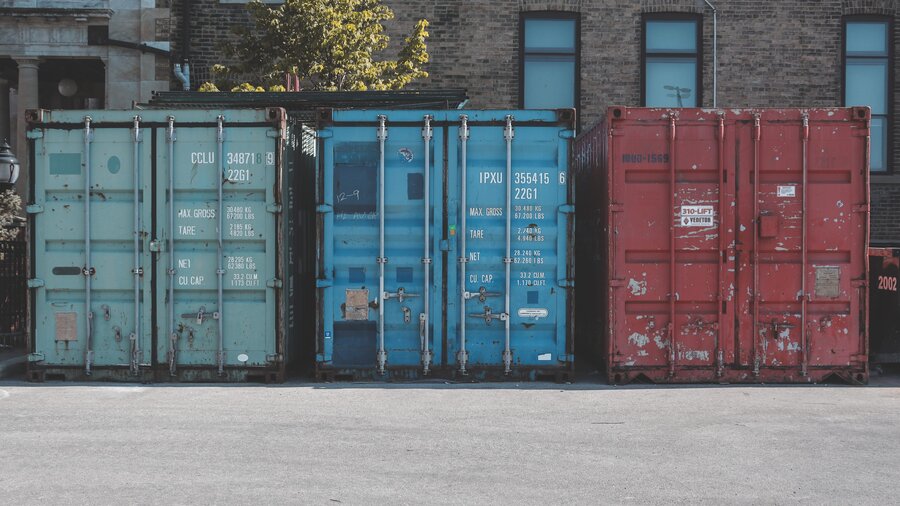
1.Make a Storage Plan
Understanding how to pack a shipping crate for travel can be half the battle, so it's essential to devise a storage plan before loading your items. You need to consider a few things when planning to put your valuables in the storage bin. There are several things to consider when planning your container loading. First, find a way to store all your items so they don't get cluttered or unreachable when needed. You might consider placing larger items at the bottom and smaller items to fill the gap and distribute the load evenly. Finally, when loading, create consistent spacing between your items and the top of the crate for better load balance and shipping. Place heavier items first and down, and hold smaller items to fill in the gaps and help distribute the load. Not only is this an excellent opportunity to stack oddly shaped items that may not fit in the other items in the box, but less space allows for less movement during transit.
2. Use Shipping Container Covers
Adding a shipping crate cover to your shipping crate is a great way to create safe and functional storage. If you're going to get the most out of your containers, you can also add a storage bin lid for safe and secure storage functionality. These bin covers eliminate the need for concrete foundations as they are used as the foundation for the storage building. One of the great benefits of using a storage container roof kit is the ability to utilise all the space in your storage unit.
A small team can quickly assemble the container cover kits to protect your work area or storage space. Many commercial metal roof systems are designed to be stationary or mobile, so you can move them from one job site to another. The container lids also eliminate the need to pour a concrete foundation, as the containers are used as the foundation of the storage building. The roof of the container can be closed or opened, and the size can be adjusted according to the width between the two containers.
One of the biggest benefits of using a shipping container cover is the ability to make the most of your space when using shipping containers, as well as the space between them.
3. Make Customised modifications
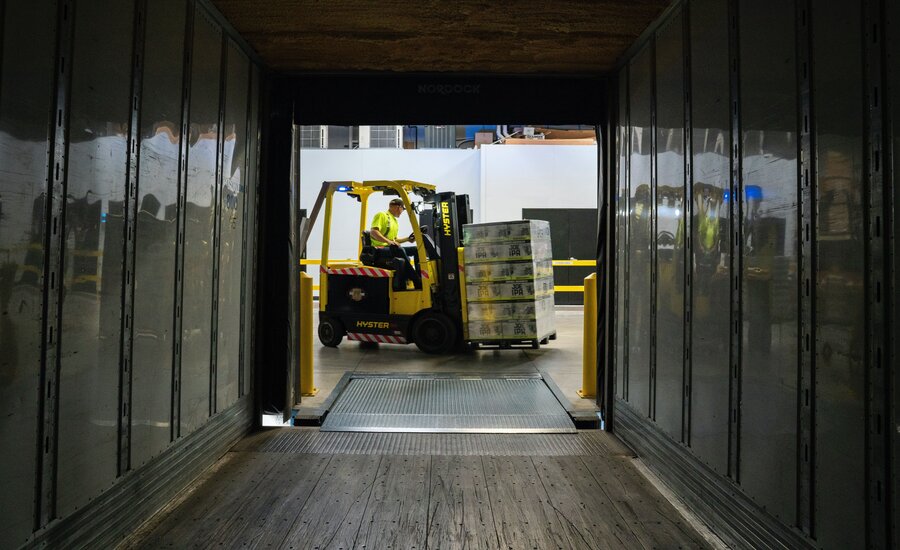
How you pack your furniture will affect the amount of space you need. If you neatly pack your things in boxes, you'll obviously be able to fit more in boxes. Additionally, knowing what elements need to be accessible will affect your location. For example, a two-door shipping container with a door on each end will give you easier access to your goods. One way to maximise the space in your storage bin is to install shelving. There are many types of shelves to choose from, and assembly is usually quick and easy. The shelf can also be easily removed if you don't need it anymore. Pipe racks are another option instead of racks. Each of these space-saving ideas will help free up floor space.
Customising shipping containers can also help you do it yourself and maximise space, but just keep in mind that these modifications can be expensive and limit your flexibility to rearrange inside. So consider reviewing the necessary changes carefully, as they often result in permanent changes to the container.
4. Make sure storage containers are properly labelled
If you want to make sure that everything is accounted for, you need to label all the boxes correctly. By adequately labelling all the compartments in your warehouse, you can ensure that your inventory stays organized and easy to locate. You can also use labelled boxes for more organisation to create a map of the container layout. This will help you know if your belongings are lost immediately.
To find things quickly and efficiently, be sure to label all boxes, bins, filing cabinet doors, and other items where you keep things so they can be seen, preferably on all sides. Creating a container layout map is also recommended and can help determine where something is before someone enters the container to get it.
5. Evenly distribute the weight
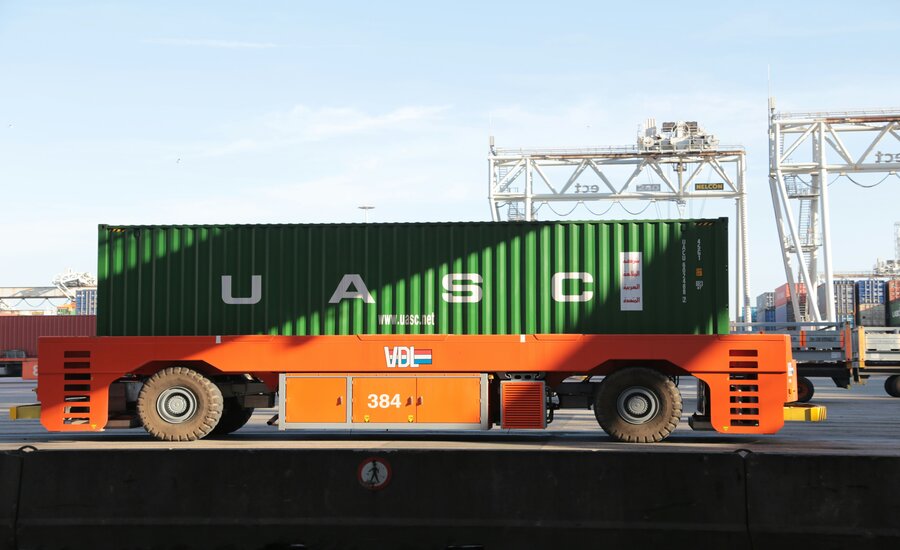
Photo by Bernd Dittrich on Unsplash
The weight of your cargo should be evenly distributed over the entire floor area of the container. A common mistake is to pile all your heavy belongings in the back while the front is full of boxes. This ties in with the making of a feasible floor plan. When planning, be sure to consider any heavy items first. Make sure they are evenly distributed and do not clump together in one storage bin area.
Avoid creating a bottom layer in the container and accumulating, as this will make filling the entire storage container extremely difficult. Instead, start from the back and fill the container vertically. For example, mattresses and sofas can be stored on top of them, and this vertical method is much more effective at maximising space than storing these items flat.
Importance and Purpose of Shipping Containers
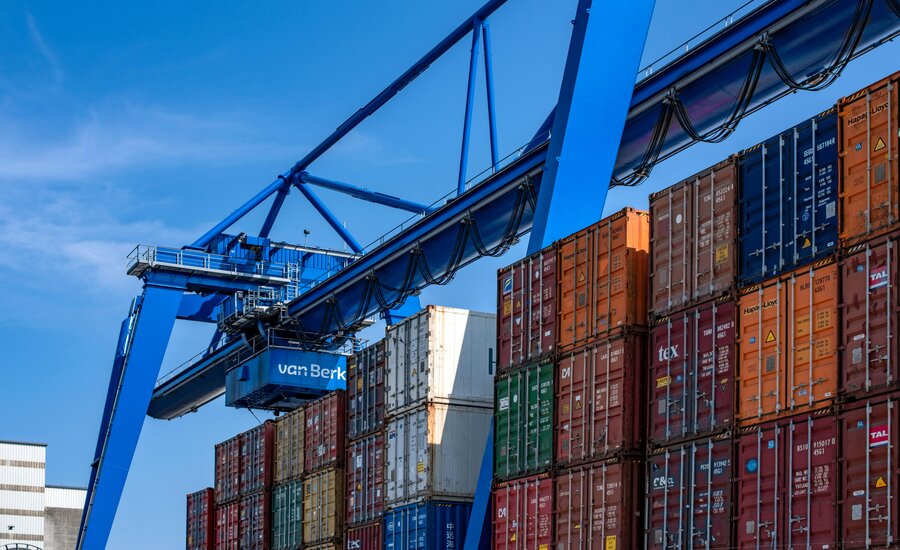
Photo by Lucas van Oort on Unsplash
Safety and Security:
Shipping containers are designed to carry heavy cargo across the oceans in some of the most extreme weather conditions. This means they have to be durable, safe, sturdy and waterproof. This design ensures that the goods arrive at their destination in the best condition, making the shipping containers ideal for storage units. Whether it's self-service storage for household items or sports equipment in the park, the variety of sizes and types makes it the ideal choice for various storage needs. One of the most important things to know about shipping containers is that they are built to be stored and transported across the ocean in all weather conditions. In addition, the storage bins are stainless steel and waterproof, so they protect all your stuff in the crate from anything else. It also means they will last for a long time.
Another reason people love shipping containers is their portability. The ability to move your crate where and when you need it is a big plus. It's handy for different occasions, whether on the go or just stowing unnecessary items.
Flexibility:
Shipping container aliases are the best storage units because they come in various types and sizes. For example, you may need a container with a side door to accommodate larger items that won't fit through the end door or a cooler or insulation. In general, you can also purchase shipping containers in three sizes: 10ft, 20ft and 40ft.
Containers can transport various goods such as cargo (coal, wheat), manufactured goods, automobiles, and refrigerated (perishable) goods. Suitable containers for dry, liquid (petroleum and chemical products), and refrigerated cargo are available. In addition, discarded containers can be recycled and reused for other purposes. As shipping containers are weather and pest-resistant, the portable storage boxes can be used as stationary or mobile storage units.
Speed and Velocity:
Speed, velocity. Transhipment operations were minimal and fast, and the vessel turnaround time was reduced from 3 weeks to about 24 hours. Because of this transhipment advantage, the transport chain involving containers is faster. In addition, container transport networks are well-connected and offer a wide range of shipping options. Container ships are also faster than conventional cargo ships and provide the allowable calling frequency at a constant speed. The container is its warehouse, protecting the goods it contains. This means simpler and less expensive packaging for containerised goods, especially consumables.
Final Words
When shipping with container transport services, it is essential to ensure that you plan your shipping as efficiently as possible so as not to waste money. Learning more about maximising container space will help you create a more organised, efficient, and profitable shipping strategy. Additionally, you can use this resource as a guide to improving the logistics of your business. Ocean freight is the preferred mode of transport for international shipments, thanks to the existence of essential ports and its excellent connectivity with other land transport vehicles that complete all routes as quickly as possible. Last but not least, remember to hire a dedicated and reliable container shipping service.
Photo by Rinson Chory on Unsplash

